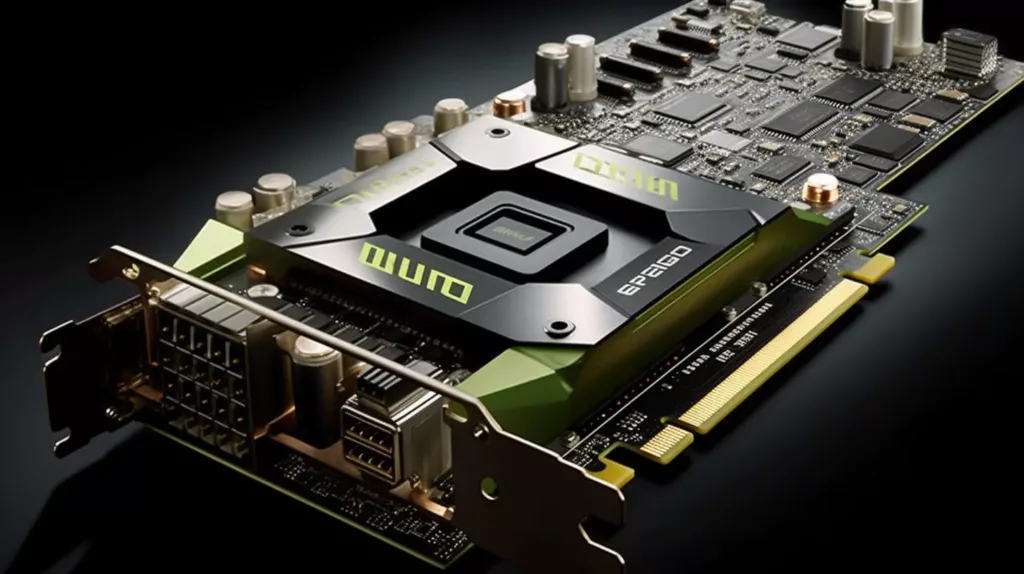Configuring GPU tasks in Background Job Processors
GPUs are more than just a gamer's ally—they're a developer's secret weapon. From rendering high-definition maps to crunching real-time data, configuring GPU tasks can be transformative. Curious? Let's delve deeper into this game-changer for modern development.
Table of Contents:
- The Basics of Background Job Processors
- Understanding GPU Tasks and Their Importance
- FAQs on GPU Task Configuration
- Steps to Configure GPU Tasks in Background Job Processors
- Example Use Case: Streamlining HD Maps Processing with IronWorker
- Configuring GPU Tasks in IronWorker: A Detailed Guide
- Conclusion
1. The Basics of Background Job Processors
Background job processors are tools that manage the distribution and execution of tasks outside the main application flow. They are critical in ensuring scalability, especially for operations like GPU optimization and distributed job processing. Asynchronous Background Job processor is a suitable solution to handle tasks like sending emails, processing files, and, in our context, executing GPU-intensive operations.
2. Understanding GPU Tasks and Their Importance
GPUs, originally designed for rendering graphics, have grown in significance for parallel processing applications. These tasks include machine learning, data analysis, and scientific computations. GPU tasks are beneficial for operations requiring simultaneous multi-threading and have become indispensable for many high-performance applications.
3. FAQs on GPU Task Configuration
- What are the benefits of GPU tasks? GPUs offer parallel processing capabilities, making them ideal for tasks like machine learning and data analysis.
- Can all tasks be processed using a GPU? No. Only tasks benefiting from parallel processing should be designated for GPU execution.
- What's the difference between a CPU and GPU in task processing? CPUs are designed for sequential processing, while GPUs are optimized for parallel tasks.
4. Steps to Configure GPU Tasks in Background Job Processors
a. Identifying GPU-supported Software: Ensure your Background Job Processor software supports GPU tasks. Platforms like IronWorker are designed with this capability.
b. Set Up the Environment: Ensure your environment (hardware and software) supports GPU operations. Install necessary drivers and libraries specific to your GPU.
c. Background Job Processor Configuration:
- Define the task in the queue that requires GPU processing.
- Allocate resources, considering the GPU memory and cores.
- Test the setup by running a sample task to validate GPU usage.
d. Monitoring & Management: Regularly monitor the task queue to ensure optimal GPU utilization. Tools can help in queue management, ensuring tasks are evenly distributed.
5. Example Use Case: Streamlining HD Maps Processing with IronWorker
Let’s take the fictitious example of MapifyCorp, a leading digital maps provider, expanding its offerings to include high-definition (HD) maps for various applications - from autonomous vehicle guidance to augmented reality city tours. These HD maps, with their intricate details and vast datasets, required significant computational power to process, render, and update in real-time.
Given the dynamic nature of mapping data - with traffic updates, live incident reports, and more - MapifyCorp needed a solution that could handle large-scale parallel processing. Their existing infrastructure struggled to keep pace with the volume of requests, leading to slower load times and reduced user satisfaction.
Implementing IronWorker:
MapifyCorp's engineering team realized the potential of GPUs in streamlining their map rendering and updates. They decided to integrate IronWorker, attracted by its robust support for GPU tasks and its proven scalability.
Results:
- Enhanced User Experience: Website visitors experienced faster load times for HD maps, even during peak traffic.
- Real-time Updates: The maps reflected real-time data more accurately, from traffic congestions to weather conditions.
- Scalability: As MapifyCorp's user base grew, IronWorker scaled effortlessly, handling more tasks without compromising performance.
- Cost Efficiency: By optimizing GPU usage, MapifyCorp reduced the need for additional hardware resources, leading to significant cost savings.
For MapifyCorp, IronWorker proved to be more than just a Background Job solution. It became a vital cog in delivering high-quality, real-time map solutions to their users, establishing them as a leader in the HD maps domain.
6. Configuring GPU Tasks in IronWorker: A Detailed Guide
IronWorker, a leading Background Job Processing solution, offers seamless GPU integration. Here's a step-by-step guide:
- Sign up here.
- Download and install the IronWorker CLI.
- Prepare a docker image with Nvidia runtime and push to Dockerhub. Make sure you’ve set all the necessary environment variables like LD_LIBRARY_PATH. Alternative way is to pass env variables via “iron register” command (see
iron register -help). - Register your docker image with Iron:
iron register YOUR_IMAGE_NAME:TAG - Queue tasks for GPU processing on specific GPU cluster:
iron worker queue -cluster GPU_CLUSTER_NAME YOUR_IMAGE_NAMEThe actual value of GPU_CLUSTER_NAME should be provided by Iron.
7. Conclusion
The role of GPUs in today's computing landscape is undeniable. By efficiently configuring GPU tasks, businesses can unlock unparalleled computational capabilities. While several platforms facilitate this, IronWorker stands out with its user-friendly interface, robust features, and seamless GPU integration. Ready to harness the power of GPUs? Start your journey with IronWorker today.


Nicely done article and interesting information. Thanks for your hard work on such a topic.
That’s interesting, you have done a great job. Thanks for sharing.